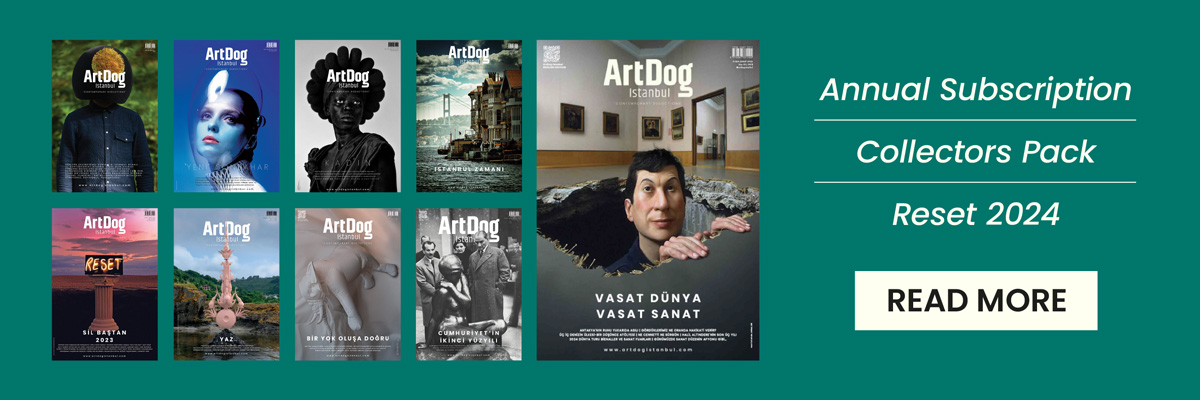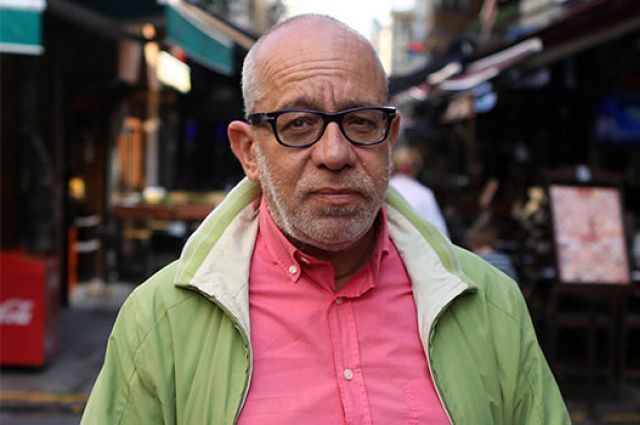The Venice Biennale has announced the participation of 331 artists and collectives for this year’s edition, scheduled to take place from April 20 to November 24. The extensive list was unveiled during a press conference in Venice.
Curated by Adriano Pedrosa, the exhibition is titled “Stranieri Ovunque – Foreigners Everywhere.” The show will be divided into two parts, “Nucleo Contemporaneo” and “Nucleo Storico,” focusing on contemporary and historical works, respectively. The theme of “Foreigners Everywhere” explores various crises related to movement, language, nationality, identity, and more.
The diverse lineup includes emerging, mid-career, and established living artists, such as Beatriz Cortez, Olga De Amaral, Hito Steyerl (representing the Disobedience Archive), Simone Forti, Samia Halaby, Lauren Halsey, Rindon Johsnon, Bouchra Khalili, Teresa Margolles, Ahmed Morsi, Puppies Puppies (Jade Guanaro Kuriki), Zilia Sánchez, Ana Segovia, Yinka Shonibare, Superflex, Salman Toor, Kay WalkingStick, and WangShui.
During the press conference, Adriano Pedrosa, the curator of the Venice Biennale, highlighted the significance of Claire Fontaine’s works, emphasizing their relevance to a world marked by numerous crises related to the movement and existence of people across countries, nations, territories, and borders. Pedrosa pointed out that these issues also reflect the challenges of language, translation, nationality, and expressing differences shaped by factors such as race, identity, gender, sexuality, freedom, and wealth.
He further explained the multiple meanings behind the expression “Foreigners Everywhere.” Firstly, it conveys the idea that wherever individuals go or find themselves, they will always encounter foreigners, emphasizing their omnipresence. Secondly, it suggests that no matter one’s location, everyone is inherently a foreigner deep down. Pedrosa also noted that the expression could be seen as a motto, slogan, a call to action, or an expression of excitement, joy, or fear—underscored by the phrase “Foreigners Everywhere.”
The “Nucleo Storico” will focus on “global modernisms and modernisms of the Global South,” with three sections dedicated to portraiture and representation, abstraction, and the Italian diaspora in the Global South. This part brings together artworks made between 1905 and 1990 by 112 artists from the Global South, primarily ones from Latin America, Africa, the Middle East, and Asia. But there will also be artists who were based in previously developing countries like Singapore and South Korea, as well as Māori artists from New Zealand.










